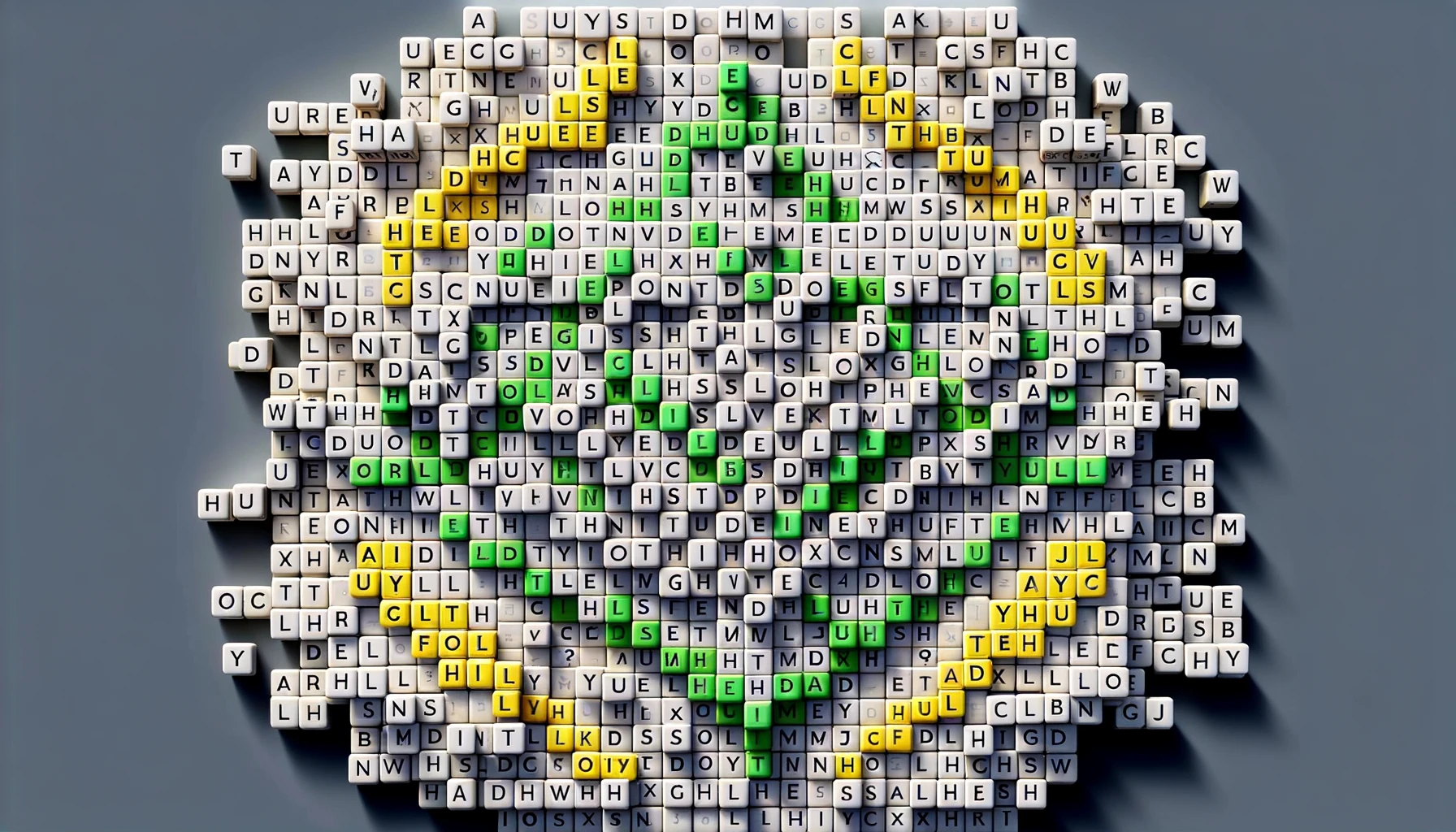In the ever-evolving landscape of digital puzzles, Wordle has emerged as a beacon for word game aficionados. Each day, players are presented with a new puzzle that challenges their vocabulary and strategic thinking. Recent insights suggest that a balanced mix of vowels and consonants in the starting guess can significantly improve one’s chances of success. Moreover, understanding the pattern of no repetitions in Wordle’s answers can give players a distinct edge. These elements not only enhance the gameplay experience but also sharpen one’s linguistic skills.
Why Choose Vowels and Consonants Equally?
A well-thought-out starting word in Wordle, packed with an equal mix of vowels and consonants, sets a solid foundation for the game. This strategy helps in quickly narrowing down the potential answers by eliminating a large number of incorrect vowels and consonants in one go. It’s a tactic that mirrors classic puzzle-solving techniques where broad possibilities are first condensed.
What About Double Letters?
Double letters in Wordle can be particularly tricky. While today’s puzzle confirms the absence of such a configuration, keeping an eye on this aspect can prevent wastage of attempts in future puzzles. The challenge lies in discerning when to consider doubling down on a letter, especially when the feedback from the game (through colors yellow and green) suggests the repetition of certain letters.
How To Utilize Past Wordle Answers?
Learning from previous Wordle answers can be incredibly beneficial. A retrospective analysis reveals patterns and commonly used letters that might come in handy for future guesses. This method is akin to studying past question papers while preparing for an exam, where understanding the format and frequency of certain question types can lead to better performance.
Wordle’s design and gameplay mechanics reflect a robust blend of simplicity and cognitive challenge. While the game offers six attempts at guessing a five-letter word, the use of strategic starter words like “ARISE” can dramatically improve one’s success rate. The color-coded feedback system further aids players in refining their guesses.
Exploration of Wordle’s rise in popularity reveals its roots in a personal project by software engineer Josh Wardle. What began as a creative gift for his partner transformed into a global phenomenon, eventually catching the eye of major publishers like the New York Times. The game’s ability to adapt and incorporate different themes from music to geography has kept it relevant and engaging across diverse audiences.
A study from the Journal of Cognitive Enhancement discusses the benefits of engaging with puzzles like Wordle, highlighting improvements in daily cognitive functions and problem-solving skills. The research emphasizes how regular interaction with word puzzles can contribute to long-term brain health, showcasing a significant intersection between leisure and cognitive care.
Concrete Takeaways:
– Opt for starter words rich in commonly used vowels and consonants.
– Double letters should be carefully considered based on prior clues.
– Regularly engaging with Wordle could enhance cognitive flexibility.
In conclusion, Wordle not only entertains but also serves as a cognitive tool that sharpens one’s linguistic abilities over time. The strategic element of choosing the right starter word, learning from past puzzles, and the cognitive benefits associated with regular play create a compelling case for anyone looking to improve their vocabulary and problem-solving skills. As Wordle continues to evolve, it remains a staple in the digital puzzle arena, offering fresh challenges every day.










